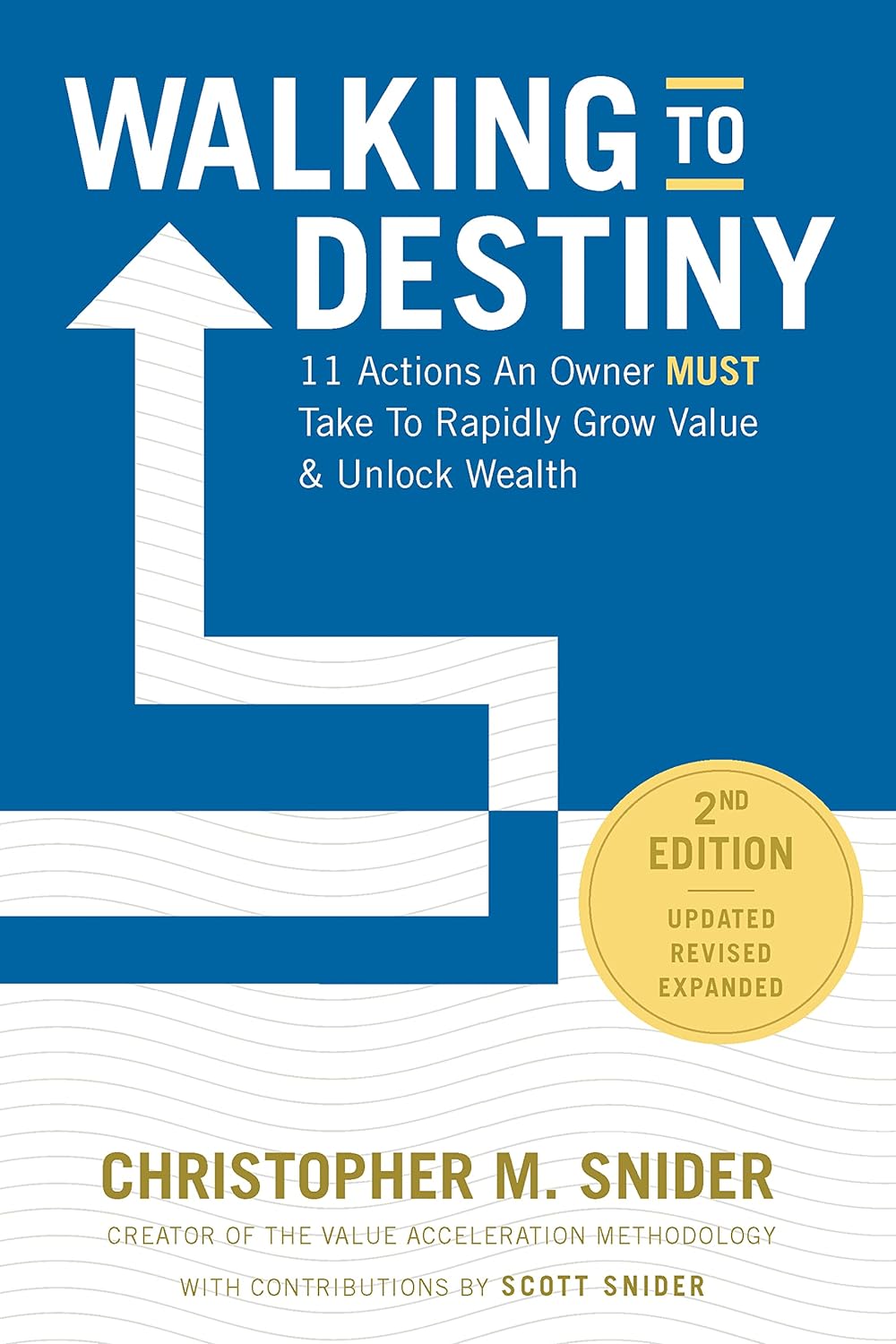Decision Tools: Scenario Analysis
Linked below is the third in my series of articles on tools helpful to leaders in making hard decisions. This week we are looking at Scenario Analysis.
Scenario Analysis is a planning approach that involves envisioning multiple future scenarios and understanding how each of those scenarios would impact your near term decisions and long term strategies. Even though it’s unlikely that any of the scenarios developed will develop exactly as envisioned, if the scenarios are selected well, the process will help you prepare for almost any outcome.
Scenario Analysis is most valuable in times of high uncertainty.
In the normal course of business planning, we can be relatively safe assuming that the business environment will continue to develop within reasonable bounds. Competitors will introduce new products, customer’s desires will shift somewhat, and external factors like the economy and politics will go through regular cycles, but in general we can expect that our industry and our business will continue to be manageable using our traditional planning methods.
However, there are times when aspects of the future become highly uncertain. New technologies or concepts are emerging and it’s not at all clear how broadly they will be accepted. New competitors are emerging and we can’t predict how disruptive their innovations will become. Dramatic shifts are occurring in the political, global, health, or economic landscape and we don’t know how significant they will become or how long they will last. If ignoring these uncertainties and simply planning for business as usual could dramatically damage or even destroy our business, then we need to take a different approach.
That’s when it makes sense to consider Scenario Analysis.
Read the full article here, including how to develop scenarios, how to apply them to make specific decisions, how to use them in developing strategies, and links to other articles I’ve written on the topic, including video tutorials
Decision Tools: Scenario Analysis Read More »




